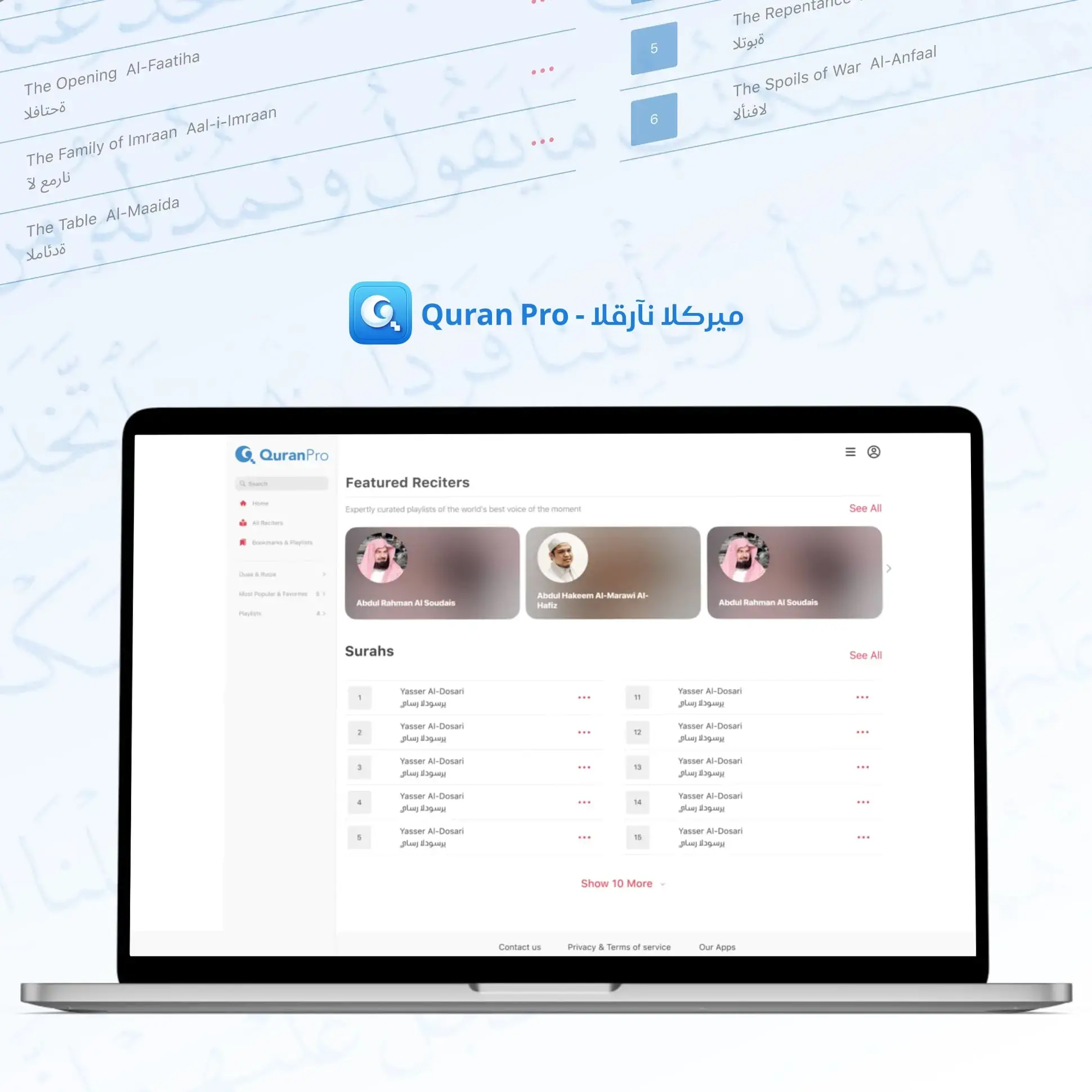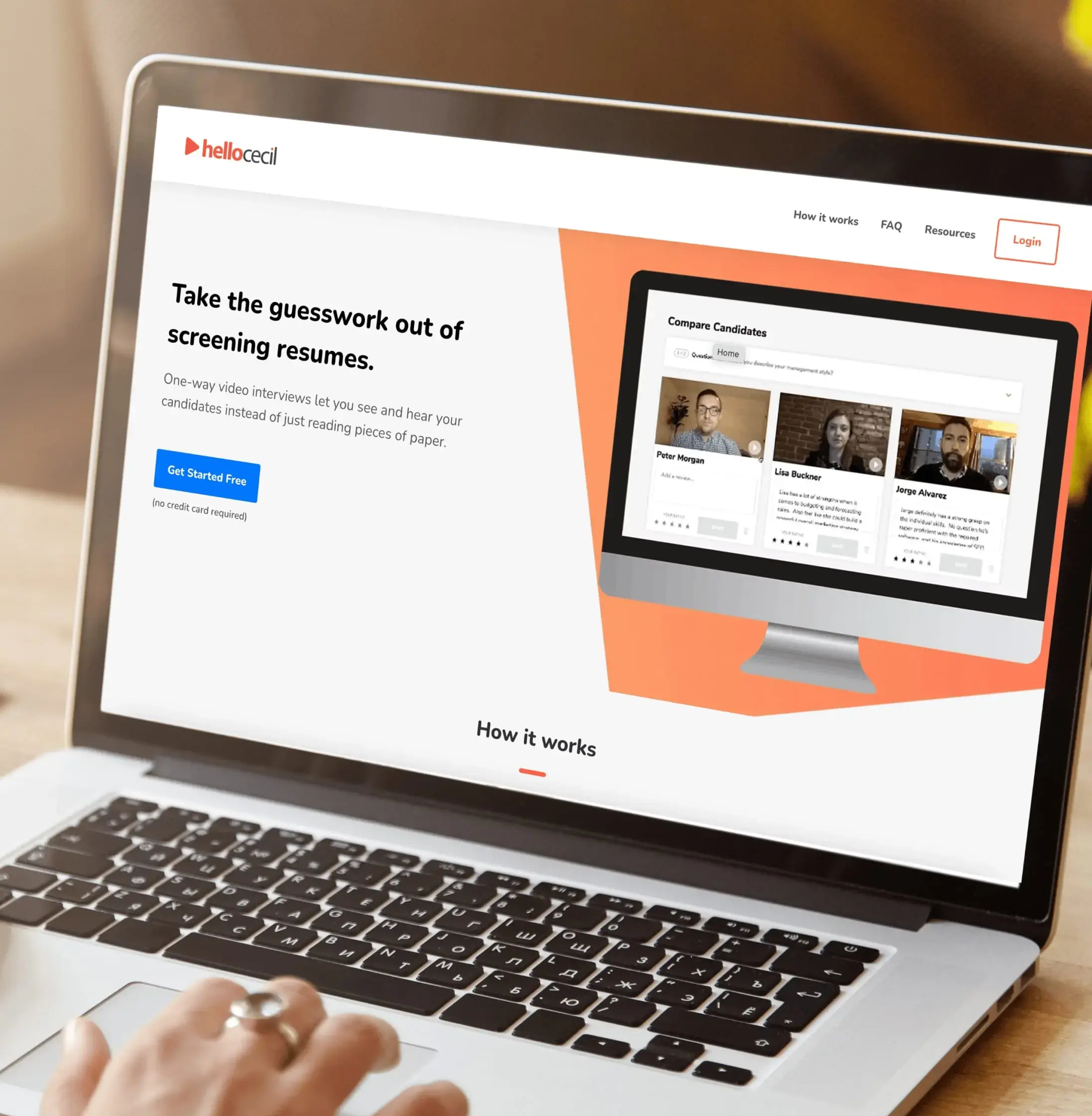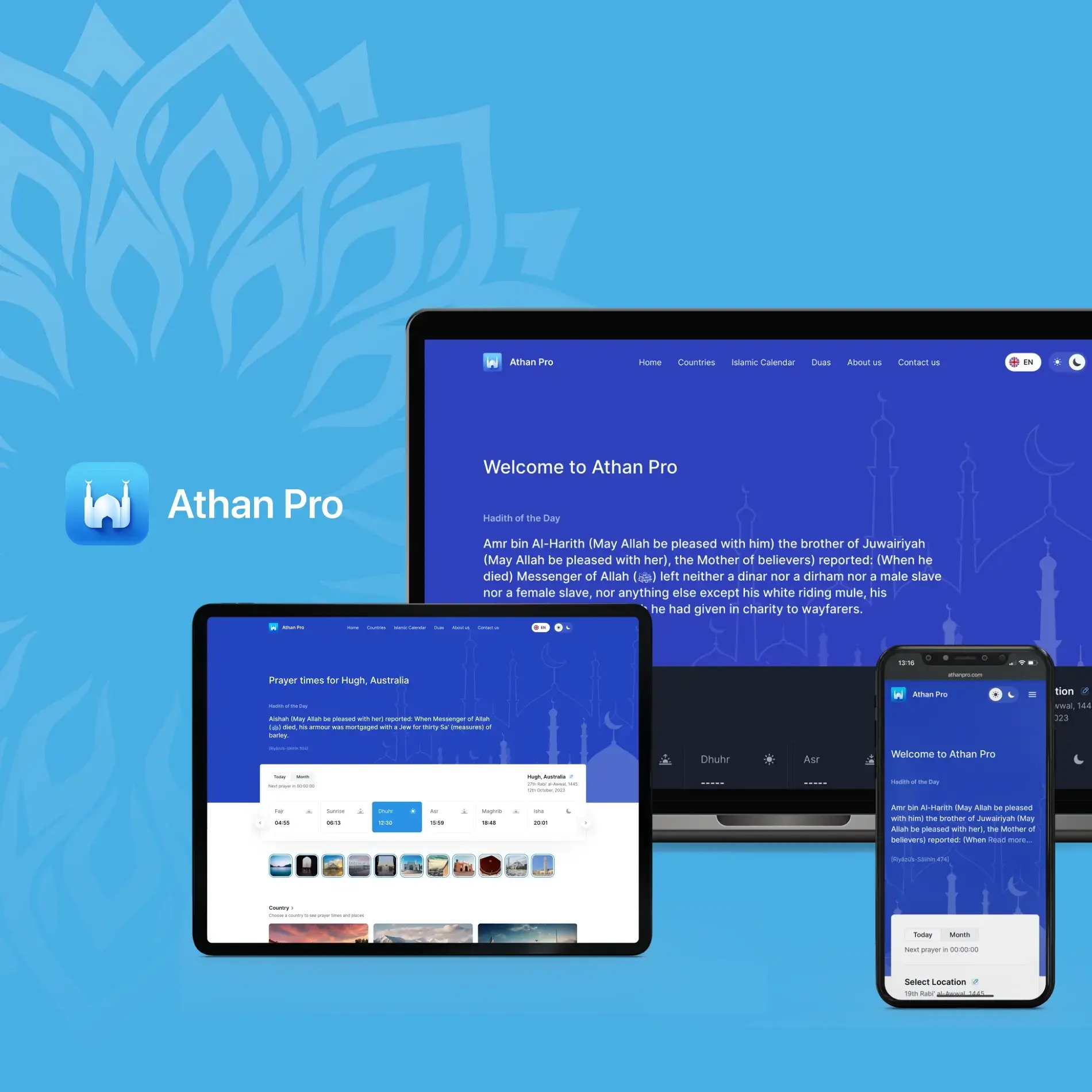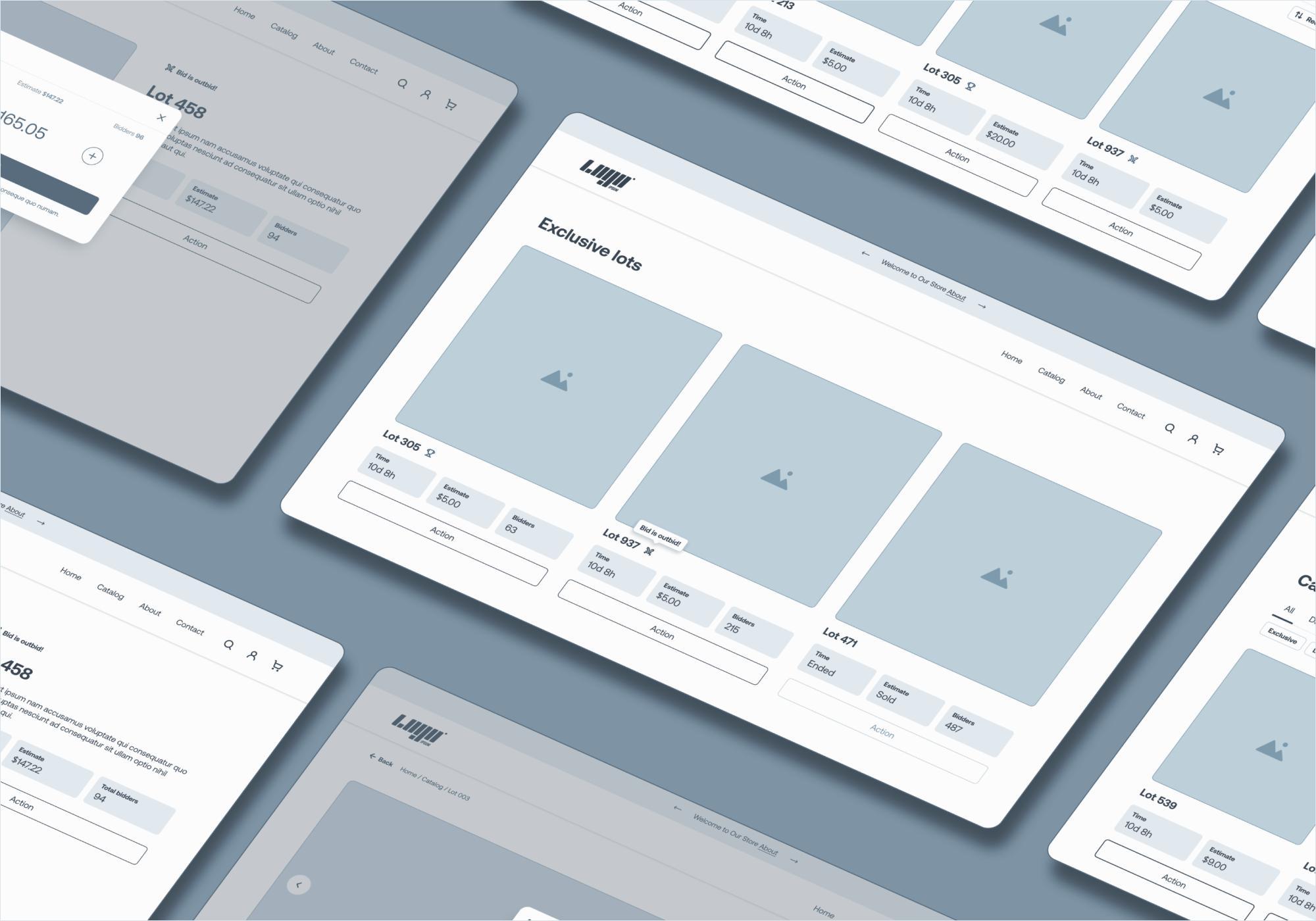
- Cloud Development
Cloud-Based Electronic Health Records (EHR) Benefits and Challenges
Dive into our guide to cloud electronic medical records and their pros and cons for patient data storage.
July 9, 2024 | Updated on November 24, 2025 | 10 min

Alex Padalka
CEO and Co-founder at JetBase
Table of Contents
- What is an Electronic Health Record?
- What Is a Cloud-based Electronic Health Record?
- Cloud-Based EHR Architecture: What It Looks Like
- Advantages of Cloud-based Electronic Health Record
- Disadvantages of Cloud-based Electronic Health Record
- EHR Security And Privacy Requirements
- How EHR Modernization Can Help Businesses?
- Things to Consider Before Switching to Cloud-Based EHR
- How Can Jetbase Help You?
- FAQ
Our Cases
Innovation isn’t just about ideas - it’s about execution, turning vision into reality, and creating solutions that truly make an impact. See what we’ve built and how it works:
- HealthCare
- Media & Entertainment
- eCommerce
- Amazon Web Services
- Cloud Cost Optimization
- Serverless Application
- Retail
- HealthCare
- Media & Entertainment
- eCommerce
- Amazon Web Services
- Cloud Cost Optimization
- Serverless Application
- Retail












